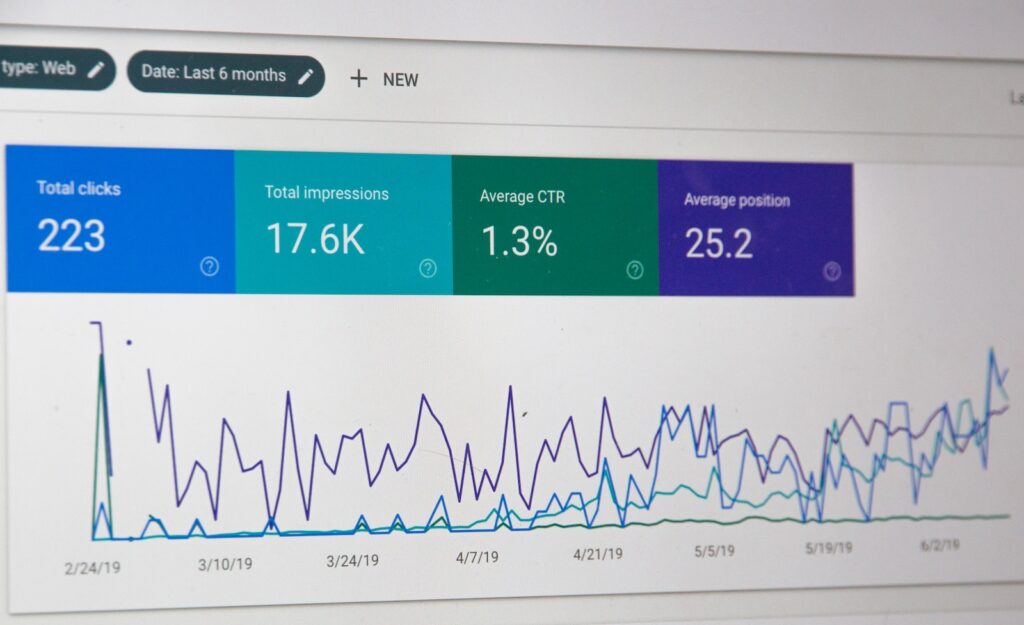Affiliate marketing has gained significant popularity in recent years as an effective way to generate passive income. With the right strategies and consistent effort, individuals can create a reliable stream of income without substantial upfront investment or experience. In this comprehensive guide, we will explore the world of affiliate marketing and discuss how it can be utilized to generate sustainable passive income.
We’ll also delve into various related topics, such as short-term passive income ideas, top passive income online platforms, and low-risk passive income ideas. Whether you’re a retiree looking to supplement your income or a novice seeking financial independence, this blog post will provide valuable insights and actionable steps to help you get started.
What is Affiliate Marketing?
Affiliate marketing is a performance-based marketing model where individuals promote products or services on their platforms in exchange for a commission. It entails partnering with companies that offer affiliate programs and earning a percentage of the revenue generated through their referrals. This low-risk business model allows affiliate marketers to focus on creating content and building an audience while leveraging the sales and marketing expertise of established brands.
Getting Started with Affiliate Marketing
To embark on your affiliate marketing journey, there are several essential steps you need to take.
Choosing a Profitable Niche
Selecting a profitable niche is crucial as it determines the target audience for your content and the potential for generating passive income. Consider your interests, knowledge, and market demand when selecting a niche. It’s essential to choose a niche that aligns with your passion as it will keep you motivated throughout the process.
Identifying High-Commission Affiliate Programs
When choosing affiliate programs, opt for those that offer high commission rates to maximize your earnings. Research reputable affiliate networks and platforms such as Amazon Associates, ClickBank, Digistore 24 and ShareASale to find programs that align with your niche. Read reviews and evaluate the commission rates, payment terms, and support provided by the affiliate programs.
Building a website or Blog
Establishing a website or blog is pivotal in creating a strong online presence as an affiliate marketer. Choose a domain name that resonates with your niche and create a visually appealing and user-friendly website. Ensure your website design is responsive, mobile-friendly, and optimized for search engines.
Content Creation and SEO Optimization
Creating high-quality content is key to building an engaged audience and driving traffic to your affiliate offers. By incorporating SEO strategies throughout your content creation process, you can rank higher in search engine results pages (SERPs) and attract organic traffic.
Crafting Engaging Blog Posts for Affiliate Marketing
When crafting blog posts, aim to provide valuable information, insights, and actionable steps to your audience. Focus on creating engaging and well-researched content that educates and entertains your readers. Incorporate storytelling techniques, practical examples, and visual aids to enhance the reader’s experience and encourage them to share your content.
Incorporating Keywords Naturally
Keyword research is essential for optimizing your content and improving search engine visibility. Identify primary and related keywords that your target audience is likely to search for. However, it is crucial to incorporate these keywords naturally and avoid keyword stuffing. Search engines now prioritize user experience and penalize websites that overuse keywords.
Utilizing Headings and Subheadings
Headings and subheadings play a vital role in organizing your content and improving readability. Incorporate primary and related keywords into your headings and subheadings to enhance SEO while guiding readers through your blog post. Additionally, using bullet points and lists can further improve content structure and readability.
Building an Engaged Audience and Monetizing Your Content
To generate passive income with affiliate marketing, it is important to build a loyal and engaged audience and effectively monetize your content.
Growing Your Email List
Collecting email addresses allows you to nurture relationships with your audience and promote relevant affiliate offers directly. Offer valuable incentives, such as free e-books or exclusive content, in exchange for email sign-ups.
Social Media Strategies
Leverage social media platforms to reach a wider audience and drive traffic to your website. Create engaging social media posts, actively participate in relevant communities, and build relationships with influencers in your niche.
Maximizing Conversion Rates
To increase your affiliate revenue, focus on conversion rate optimization. Incorporate compelling call-to-actions (CTAs), create visually appealing banners and buttons, and regularly test different placements and designs to maximize conversions.
Tracking Performance and Analyzing Data
Monitoring the performance of your affiliate marketing efforts is essential to optimize your strategies and maximize your passive income.
Utilizing Analytics Tools
Leverage analytics tools, such as Google Analytics, to track key performance metrics like traffic, conversion rates, and bounce rates. Analyzing these data points can provide valuable insights into the effectiveness of your content and affiliate links.
Assessing Affiliate Marketing Program Performance
Regularly evaluate the performance of your affiliate programs. Monitor the conversion rates, earnings per click (EPC), and average order value (AOV) to identify the top-performing programs. Consider reallocating your efforts to programs that yield higher returns.
Diversifying Affiliate Marketing Strategies for Passive Income
While affiliate marketing can be a profitable venture, diversifying your passive income sources can provide long-term stability and mitigate potential risks.
Exploring Other Affiliate Networks
Research and join other affiliate networks that offer products or services relevant to your niche. Expanding your reach to multiple affiliate networks allows you to tap into different product verticals and target diverse audiences.
Affiliate Marketing for E-commerce
Consider integrating affiliate marketing with e-commerce initiatives. If you have an e-commerce store, you can utilize affiliate marketing to promote complementary products, earn additional income, and expand partnerships with other merchants.
Leveraging Influencer Marketing
Collaborate with influencers in your niche to amplify your affiliate marketing efforts. Partnering with influencers allows you to leverage their established audience and credibility, increasing your brand visibility and affiliate conversions.
Conclusion
Affiliate marketing presents an excellent opportunity to generate passive income by promoting products and services you genuinely believe in. By leveraging your expertise, nurturing an engaged audience, and optimizing your content for SEO, you can build a sustainable passive income stream. Remember to diversify your affiliate marketing strategies and analyze your performance regularly to adapt to changing market dynamics. Start your affiliate marketing journey today and unlock the potential for financial freedom and flexibility.
Remember, generating passive income with affiliate marketing requires dedication, perseverance, and a commitment to providing value to your audience. With the right strategies, consistent effort, and a focus on creating engaging and informative content, you can unlock the true potential of affiliate marketing and build a successful and profitable online business.





